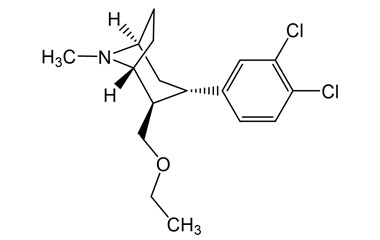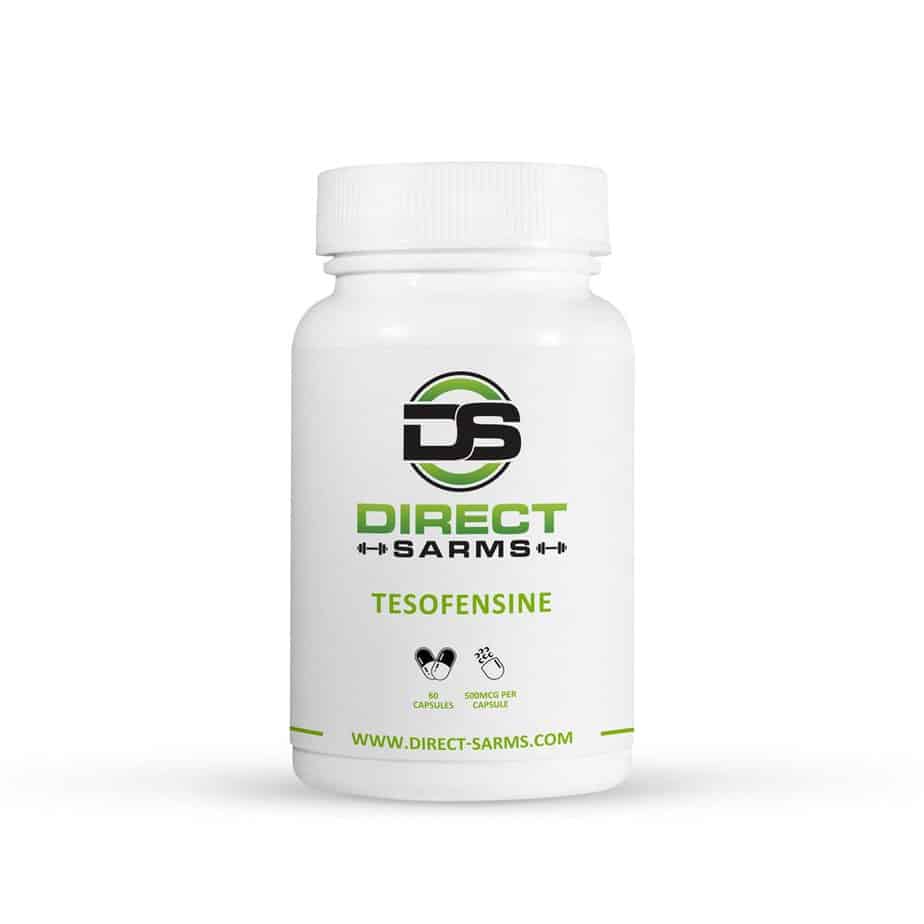
September 5, 2024
Tesofensine, An Unique Antiobesity Medicine, Silences Gabaergic Hypothalamic Neurons Plos One
Tesofensine, An Unique Antiobesity Medicine, Silences Gabaergic Hypothalamic Neurons Plos One The stomach-derived peptide hormone ghrelin reaches the hypothalamus via the average prominence and promotes homeostatic food consumption with activation of NPY/AgRP neurons245, while promoting hedonic consuming with activation of dopaminergic nerve cells in the forward tegmental area302. To trigger its receptor, ghrelin needs N-octanoylation (acylation) at its serine 3 residue, and as dietary lipids are utilized for ghrelin acylation, this recommends that ghrelin might likewise serve as a nutrient sensing unit that notifies the mind about incoming nutrients245. This section on future anti-obesity medicines focuses on tesofensine, since itis the only CNS acting anti-obesity drug that has actually gotten to an advanced phase ofdevelopment. All other CNS acting medications remain in early in medical development andother than the limited details on semaglutide and setmelanotide have nopublished trials for obesity therapy [112] Aminorex was approved for non-prescription sale as a therapy ofobesity in Austria, Switzerland and West Germany in 1965, however was never ever approvedin the USA [9] The quest of anti-obesity drugs (AOMs) has been significantly challenging for technological and social factors. Just in the last twenty years has the meaning of the molecular systems that control cravings (Box 1; Fig. 2) progressed to a point where drug discovery can be logically pursued31. Historically, there has been a collection of AOM failures that have actually occurred after governing authorization. Most of these pertain to damaging cardiovascular results (sibutramine, fenfluramine, dexfenfluramine, rainbow pills), raised self-destructive danger (rimonabant) or enhanced likelihood of drug dependence and misuse (methamphetamine) (Table 1). Because of this, specific medicines are advised just for temporary usage, because of addictive prospective or appearance of tachyphylaxis (phentermine, amfepramone, cathin hydrochloride)32,33. However, phentermine has disappointed adverse cardiovascular results in real-life researches and continues to be a typically suggested long-lasting AOM.- Rises in pulse price, yet no considerable increases in sBP and dBP, were observed after 24-weeks' therapy with tesofensine in a dosage of 0.25 or 0.50 mg.
- Here, we briefly present brand-new medications under advancement with the results of professional stage 2 researches.
- Fast weight gain normally takes place within the first 3 years and typically within the initial year complying with surgical intervention, with medical treatment increasing the frequency of weight problems in this individual group (38, 43).
Is Tesofensine Peptide Effective For Fat Burning?
Hypothalamic obesity is compounded by a disruption of the hypothalamic-pituitary axis, sleep interruption, visual concession, and neurological and vascular sequalae. Amongst suprasellar growths, craniopharyngioma is one of the most common cause of acquired hypothalamic obesity, either straight or adhering to medical or radiotherapeutic treatment. Currently, therapy is limited to approaches to take care of obesity however with a moderate and variable effect. Current methods https://us-southeast-1.linodeobjects.com/pharma-industry/pharma4562a/product-innovation/what-is-the-pipe-for-future-drugs-for-weight.html consist of enhancing pituitary hormonal agent substitute, calorie limitation, enhanced power expense through physical activity, behavior interventions, pharmacotherapy and bariatric surgery.1 Glucagon-like Peptide 1 + Glucagon Receptor Agonists
After surgery, the rats were treated with intraperitoneal enrofloxacin (10 mg/kg) and meloxicam (2 mg/kg) for three successive days. The electrophysiological information was collected and processed as detailed in extracellular recordings in computer mice. All rats underwent surgery under anesthetic, obtained by an intraperitoneal shot of xylazine (8 mg/kg) and ketamine (80 mg/kg). A neighborhood analgesic, lidocaine (4 mg/kg of 1% remedy), was provided subcutaneously under the head skin. The rats were then placed in a stereotaxic apparatus for implantation of a homemade electrode selection made up of 16 tungsten cables (35 μm in size, set up in a 4x4 array with a location of 1 mm2) in the right LH (AP -2.1 mm, ML -1.5 mm from bregma, and DV -8.3 mm from the dura). The electrode array was affixed to a specialized tungsten filament placed right into the LH, and a stainless-steel screw was soldered to a silver cord for electrical ground, which was screwed over the brain and sealed into the head. The identification of this cell kind runs out the scope of this study, but it is tempting to hypothesize that probably consists of a large subset of non-GABAergic nerve cells, probably enriched of glutamatergic nerve cells. We acknowledge that our data can not eliminate the intriguing opportunity that a various part of GABAergic nerve cells (from those inhibited) could be triggered by tesofesnine. This is because activation of GABAergic nerve cells can set off oromotor stereotypy [13], similar to that observed with phentermine and tesofensine at high focus (see below Fig 7). Refresher courses utilizing Cal-light or TRAP-like methods must be performed to verify the identity of the activated neuronal ensembles recruited by tesofensine [48, 49] These methods might capture practical ensembles, making it possible for more precise identification of the cells that respond to tesofensine and are in charge of its therapeutic anorexigenic effects and stereotypies negative effects.What is the wonderful drug for obesity?
Semaglutide (Wegovy, Novo Nordisk) is '' suggested as an accessory to a minimized- calorie diet regimen and boosted exercise for weight administration, including weight management and weight upkeep, in grownups with a first Body Mass Index (BMI) of & #x 2265; 30 kg/m2 (excessive weight), or & #x 2265; 27 kg/m2 to << 30 kg/m2 (obese) in the presence of ...
Medicinal Support For The Therapy Of Weight Problems-- Present And Future
Given that there is no proof of any drug abuse caused by this drug, it is not an abused substance. Ultimately, there is the question of what is most needed to increase the understanding of the following jump forward in securely stabilizing body weight. Next-generation multi-omics have offered some unique targets, however, overall, quickly progressing making it possible for innovations have been more useful in defining preclinical mechanism of activity than in exploration of medically successful medication prospects. We observed that rats treated with tesofensine 2 mg/kg exhibited different actions contrasted to the control team. On the other hand, rats treated with tesofensine 6 mg/kg and phentermine, which both displayed extra stereotypy, were organized in a little area but far from the rats in the control and tesofensine 2 mg/kg teams (Fig 7E). Refresher courses are needed to examine the results of tesofensine on decreasing the likelihood of brushing behavior and various other tongue kinematics criteria. Led to a slightly boosted mobility and reduced time invested in a quiet-awake/sleep state (Fig 7A and 7B; Phentermine). Remarkably, DeepLabCut analysis unveiled for the first time that phentermine-treated rats exhibited much less forward mobility than control rats (regardless of it being a stimulant medicine; Fig 7A). One of the most remarkable development in that instructions has been the exploration of poly-agonists that all at once target the GLP1, GIP and/or glucagon receptors188,189. The most popular techniques pertain to unimolecular mix of GIP and/or glucagon receptor (GcgR) agonism with extremely powerful, complementary GLP1R agonism. GIPR agonists, as soon as chemically integrated with GLP1R agonism, have shown metabolic advantages and decreased body weight in mice when compared with pharmacokinetically matched GLP1R agonists122,189. There are multiple reasons that GIP agonism might provide supplementary metabolic advantages to GLP1 treatment, aside from lowering body weight and food consumption by means of GLP1R-independent mechanisms184,185. 

Social Links